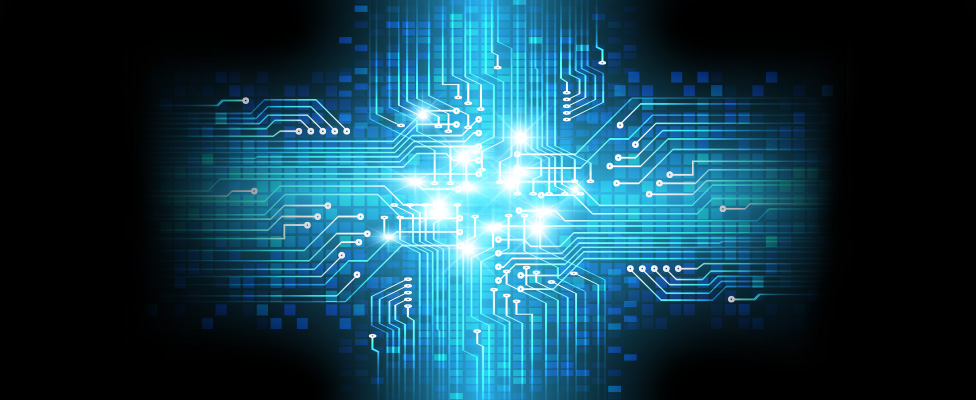
Smarter AI Cities Foretell Dramatic Changes in 2018 and Beyond
Systems of the future, aided by AI, are here today, helping change how cities work.
- By Brian J. Dooley
- January 3, 2018
Smart cities have been a big data story for some time now as municipalities attempt to improve security and make government processes more efficient. AI is appearing first as an incremental advance used in data collection for simple language processing or image recognition. Once data is collected it must be analyzed, and this is where AI becomes irresistible.
Smart cities are already using natural language processing to parse questions for government response. License plate recognition is used for parking and security, and image analysis is used in various applications. Deep learning now makes it possible to look for anomalies in closed-circuit TV streams, automatically optimize traffic flows, alert and coordinate emergency services, respond to disasters quickly and efficiently, analyze behavior, and automatically adjust environmental factors such as traffic, parking, and utility pricing.
There is a cost to all of this. Privacy advocates already warn of increasing government intrusion in day-to-day interactions, though people are growing more accustomed to constant surveillance. Sensors are growing almost exponentially; processor company NVidia predicts that by 2020 there will be a billion monitoring cameras deployed.
Cities already have a wealth of raw data that can be analyzed to predict or modify behavior in real time. With access to mass transit ticket sales, tax information, police reports, traffic sensors, local weather data, license plate records, registration and licensing information, census data, and an increasing array of sensor data, city governments are positioned to take greater advantage of what AI can offer.
Current Examples
Last year the government of Hangzhou, China initiated its "City Brain" project -- an experiment in smart city architecture for this metropolis of over 9 million. City Brain is a joint project backed by the city, Chinese digital giant Alibaba, and Taiwan-based contract electronics manufacturing powerhouse Foxconn. It is designed to function using every possible source of data, with some oversight by AI.
In the City Brain project, every resident is tracked all the time, including social media interaction, purchases, movements, and activities. A neural net extends across the city, watching conditions including the water supply, traffic congestion, road accidents, and crime. It is wired to mobile phones to inform people of road traffic or adverse conditions in real time and provide optimal scenarios for commuting and safety. The project has been hailed as a great success and is now being considered for deployment in other cities around China.
Although City Brain may be too intrusive for Western tastes, other projects based on AI are in the offing. For example, NVidia has its Metropolis project based around video analytics, with more than 50 AI partner companies providing applications using deep learning on the company's GPUs. AT&T has a smart cities framework, developed in 2015 with Cisco, Deloitte, Ericsson, GE, IBM, Intel, and Qualcomm. A digital experiment in Toronto by Sidewalk Labs (part of Google parent Alphabet) is turning a waterfront area into a laboratory for smart technology, using millions of sensors, sustainable energy, and autonomous cars.
True AI on the Way
It is difficult to distinguish between advanced big data applications and true AI, but a boundary can be discerned when it is possible to step away and (to some degree) let the system run itself. For example, advanced video processing can identify anomalies in video streams and publish alerts, reducing the need for human monitors. Although this will not replace humans entirely, a hybrid human/AI solution will make it possible to add enormous numbers of sensors and data sources while minimizing additional costs. Already, the vast increase in sensors is challenging current monitoring solutions.
Certainly, life will be different in a fully AI-driven smart city. People are already potentially monitored by the enormous number of cameras in place, alongside video and photo streams from smartphones carried by passers-by. Constant watching will ultimately change behavior.
Greater efficiency in services will lead to greater expectations of efficiency, which will lead to even greater use of AI. Cities will be able to expand more easily, and all movement within cities will be enhanced. City planners will need to incorporate AI in solutions for people movement, package delivery, electricity, fuel supply, and food supply. The city will become a single organism, in a sense, responding directly to external stimuli in an organic way.
Some of this may sound like the distant future, yet foundational elements are already at work. All of these technologies exist in some form today. All that is needed is some improvement, lower cost, greater deployment, experience, the political will, and a budget. This will be a natural progression.
About the Author
Brian J. Dooley is an author, analyst, and journalist with more than 30 years' experience in analyzing and writing about trends in IT. He has written six books, numerous user manuals, hundreds of reports, and more than 1,000 magazine features. You can contact the author at [email protected].